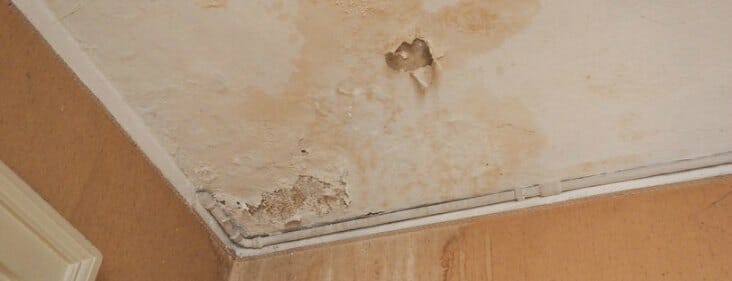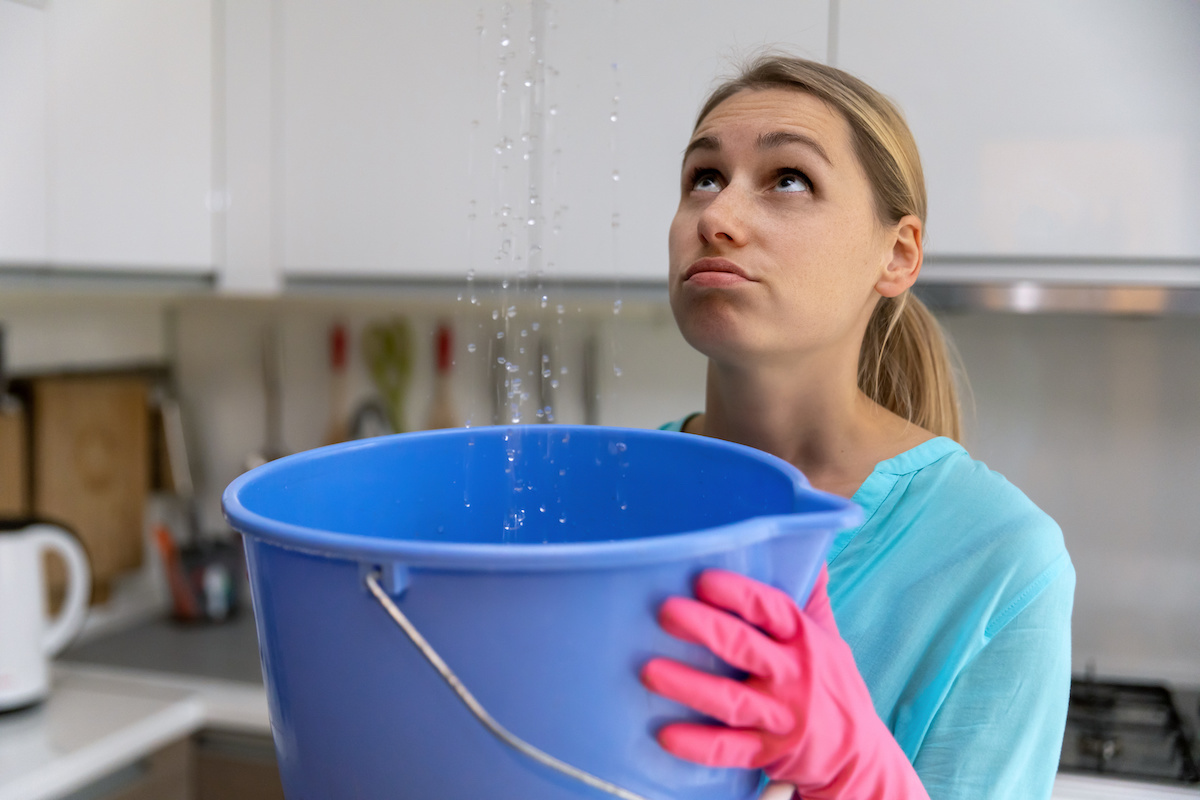Uncover Common Roots of Leak Problems Within Your Home
Uncover Common Roots of Leak Problems Within Your Home
Blog Article
This post in the next paragraphs pertaining to Common Water Leaks In House is quite enlightening. Don't skip it.

Leaks not only create waste of water but can additionally cause unneeded damages to your home and also advertise unwanted natural growth. However, water leaks could go unnoticed given that a lot of the pipework in our home is hidden. By understanding as well as looking for daily scenarios that cause leakages, you can safeguard your home from future leaks and unnecessary damages. Today, we will look at six leak triggers that may be causing your pipelines to trickle.
Immediate temperature modifications.
Extreme temperature level changes in our pipelines can trigger them to expand and contract all of a sudden. This expansion and contraction may create fractures in the pipes, specifically if the temperature level are below freezing. If you maintained an eye on just how your plumbing functions, it would be best. The presence of the previously discussed circumstances often indicates a high risk.
Corroded water supply
This could be the cause of discoloration or warping on your water pipes. If our plumbing system is old, take into consideration replacing the pipes given that they are at a greater danger of deterioration than the newer versions.
Faulty Pipeline Joints
The point at which your pipelines attach is often the weakest link in the waterline. Pipe joints can wear away over time, leading to water leaks. The bulk of pipe joints are not easily noticeable. If you have loud pipelines that make ticking or banging sounds, especially when the warm water is switched on, your pipe joints are possibly under a great deal of pressure. It is a good idea to have your plumber evaluate your system annually.
Elbowing in roots
Many water leaks begin outside your home rather than inside it. If you see an unexpected decrease in water stress, state in your tap, require time to go out as well as examine your yard. You could discover damp patches or sinkholes in your backyard, and that may mean that tree origins are invading water lines creating water to seep out. You can have your plumber look for breach, specifically if you have trees or shrubs near your building.
Poor Water Connectors
Sometimes, a leak can be caused by loosened pipes and pipes that provide your devices. Generally, shifting is what causes the loosened water Links. You could discover in the case of a washing machine, a tube might spring a leak due to drinking throughout the spin cycle. In case of a water connections leakage, you might discover water running straight from the supply line or pools around your appliances.
Clogged Drains
Blocked drains pipes might be frustrating and inconveniencing, however they can in some cases wind up creating an overflow bring about rupture pipelines. Keep removing any kind of materials that may decrease your drains that might clog them to stay clear of such aggravations.
All the above are sources of leaks but not all water leaks arise from plumbing leakages; some leakages may originate from roofing system leaks. All leaks should be fixed instantly to avoid water damages.
Leakages not only cause waste of water yet can likewise trigger unnecessary damages to your house and advertise undesirable organic development. By looking and also comprehending for day-to-day circumstances that cause leakages, you can safeguard your residence from future leaks as well as unnecessary damages. Today, we will certainly look at six leakage causes that might be causing your pipes to trickle.
At times, a leakage can be triggered by loosened hoses and pipelines that provide your home appliances. In situation of a water links leakage, you may observe water running directly from the supply line or pools around your devices.
How To Check For Water Leak In Your Home
How To Check for Leaks
The average household's leaks can account for nearly 10,000 gallons of water wasted every year and ten percent of homes have leaks that waste 90 gallons or more per day. Common types of leaks found in the home are worn toilet flappers, dripping faucets, and other leaking valves. These types of leaks are often easy to fix, requiring only a few tools and hardware that can pay for themselves in water savings. Fixing easily corrected household water leaks can save homeowners about 10 percent on their water bills.
To check for leaks in your home, you first need to determine whether you're wasting water and then identify the source of the leak. Here are some tips for finding leaks:
Take a look at your water usage during a colder month, such as January or February. If a family of four exceeds 12,000 gallons per month, there are serious leaks.
Check your water meter before and after a two-hour period when no water is being used. If the meter changes at all, you probably have a leak.
Identify toilet leaks by placing a drop of food coloring in the toilet tank. If any color shows up in the bowl after 10 minutes, you have a leak. (Be sure to flush immediately after the experiment to avoid staining the tank.)
Examine faucet gaskets and pipe fittings for any water on the outside of the pipe to check for surface leaks.
Undetected water leaks can happen without the home or business owner even realizing. If you suspect a water leak, but not able to find the source. It is time to contact a professional water leak detection service, The Leak Doctor.
How To Find a Water Leak In Your Home
https://www.leakdoctor.com/blog/How-To-Check-For-Water-Leak-In-Your-Home_AE197.html

Hopefully you enjoyed our section about How to Find Water Leaks. Thank you so much for finding the time to read through our piece of content. Remember to take the time to distribute this blog posting if you appreciated it. Many thanks for your time. Don't hesitate to come visit our website back soon.
Expertise available here. Report this page